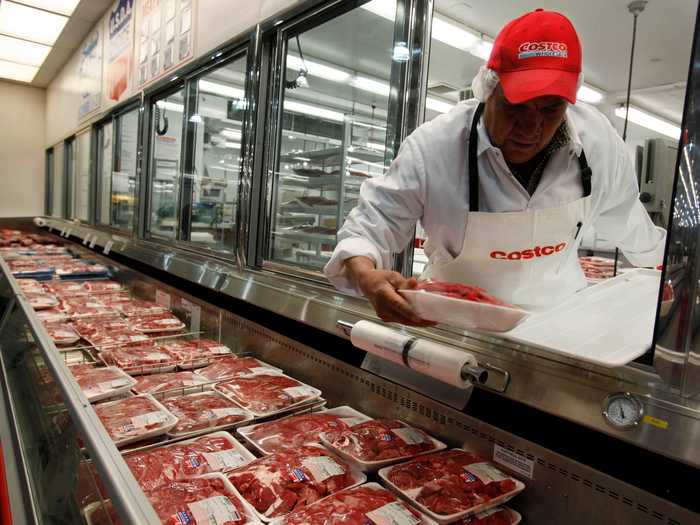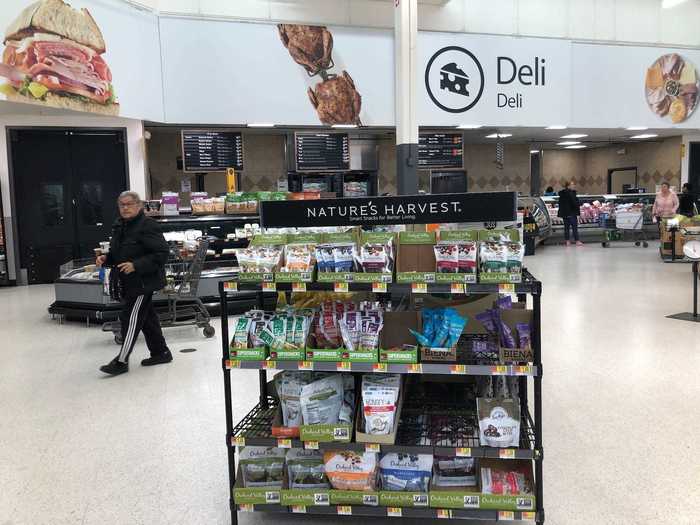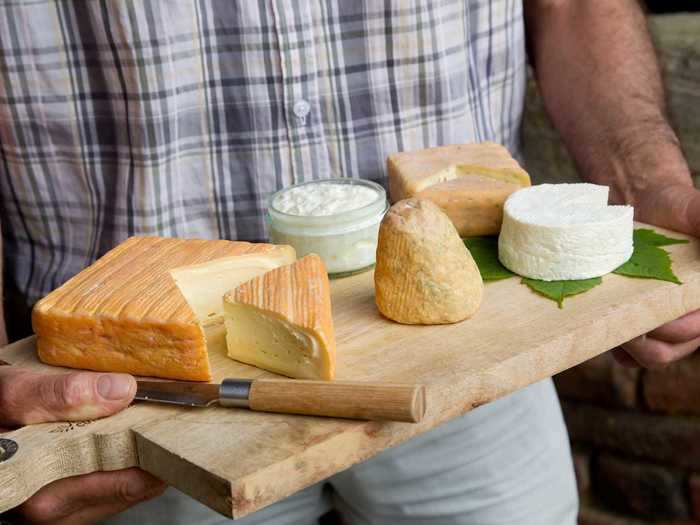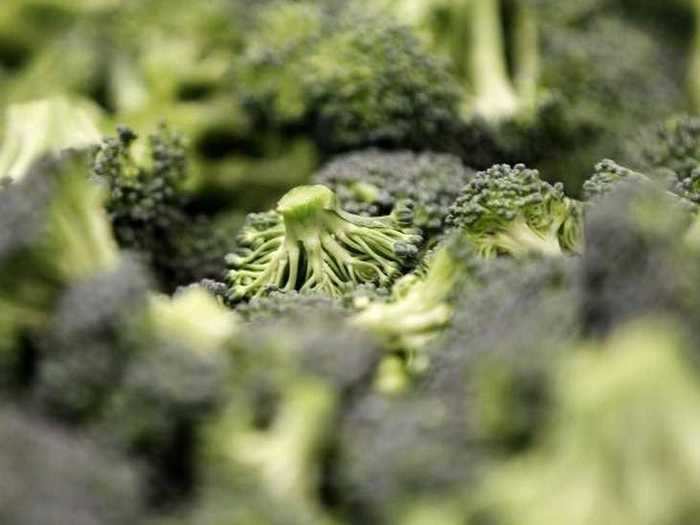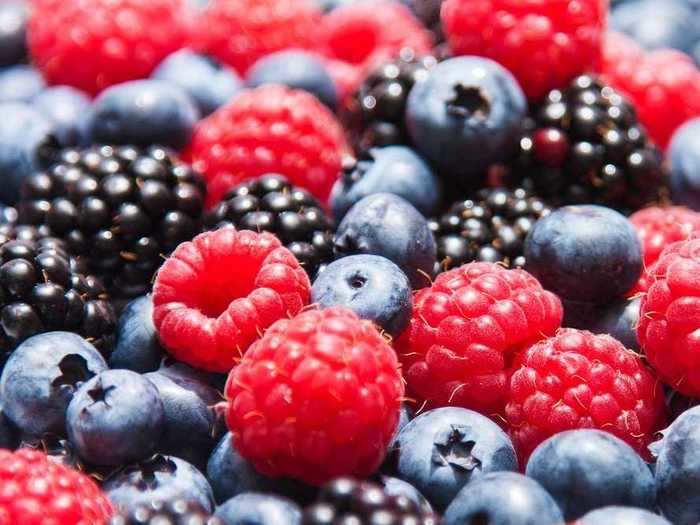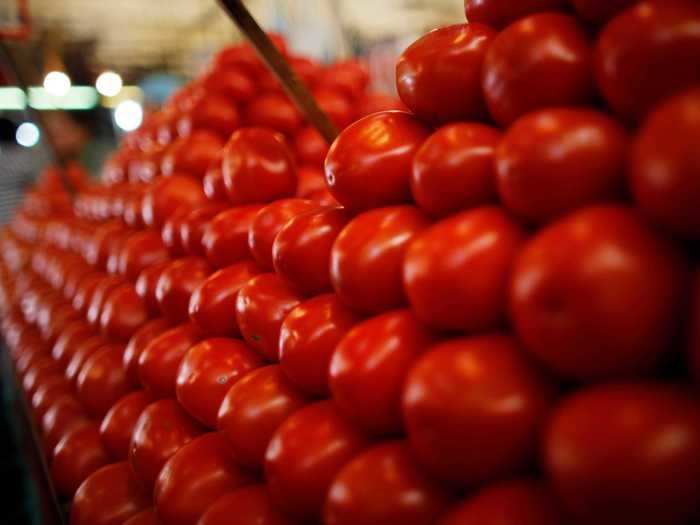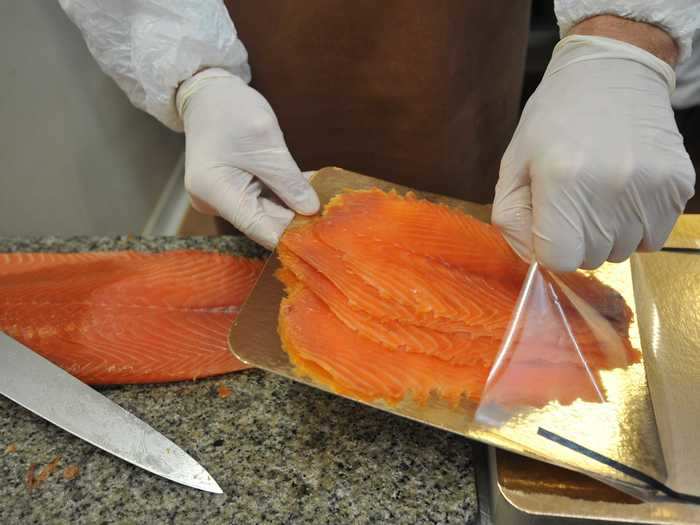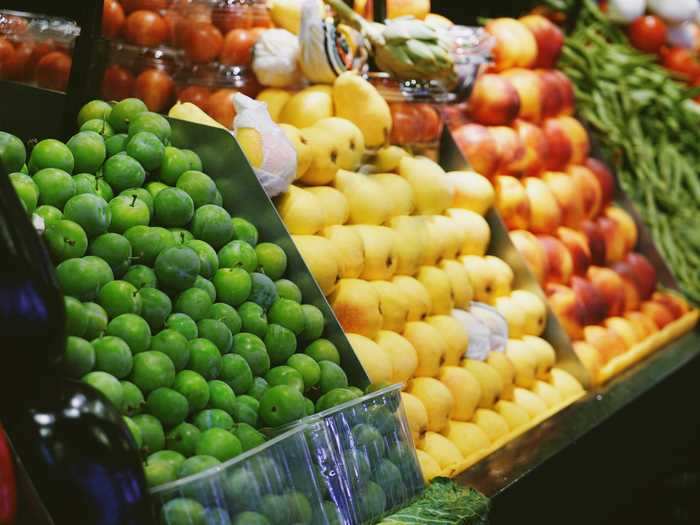Certain fresh foods are likely to face supply reductions.Shutterstock
- The coronavirus pandemic has and will continue to disrupt food supply chains as workers across the industry face potential infection.
- Miguel Gomez, professor of agricultural economics at Cornell University, and Carolyn Dimitri, associate professor of nutrition and food studies at NYU, identified ways food supply chains may be affected.
- Foods that require longer processing times or that are produced in crowded facilities are likely to experience supply disruptions.
- As a result, shoppers might have reduced access to foods such as pork, chicken, certain fresh produce, and some imported products, like cheese.
As the coronavirus pandemic continues to impact both supply and demand chains, consumers are likely to see changes to their grocery store shelves.
Changes will come as producers may no longer to be able to process foods as quickly, and as consumer spending habits change, shoppers will be less likely to buy certain foods, thus affecting their future supply.
Carolyn Dimitri, associate professor of nutrition and food studies at New York University, said that although changes may be hard to predict, potential coronavirus outbreaks could lead to problems in the supply chain.
"Because agriculture is so labor dependent, if you end up having a huge outbreak during the planting season or the harvest season (and it's kind of hard to predict when that will happen) it will disrupt the ability of people to work either on the farm or in the processing facilities, and there will continually be problems," she told Business Insider.
Take a look at some of the foods you might see less of on grocery store shelves in the future.
Beef may be less prevalent on shelves as infection might easily spread in processing plants that are not set up for social distancing.
A butcher places beef on display.
Associated Press
Pork production faces similar issues. Pork is likely to be more expensive and scarce, according to Miguel Gomez, a professor of agricultural economics at Cornell University.
Workers processing pork.
Costfoto/Barcroft Media/Getty Images
According to NPR, a Smithfield pork processing plant in Sioux Falls, South Dakota, that supplies between 4% and 5% of the US pork supply, recently shut down after nearly 300 employees tested positive for COVID-19. Though the facility has since reopened, it highlights the possibility of outbreaks in other facilities.
Chicken is also produced in large factories in close quarters, making supply disruptions more likely than in other industries.
Chicken processors.
Reuters
"These products are produced in very big processing facilities where you have lots of workers, and the workers are getting sick, and then they have to close," Gomez told Business Insider. "Now, they are reopening, but they have to modify the production practices to allow employees to be separate from each other."
Deli sections at supermarkets may also be impacted, according to Gomez.
Walmart deli section.
Rachel Askinasi/Business Insider
Deli sections "typically need more employees and preparation in-store," said Gomez.
Imported foods, like certain cheeses, might be less available in the future, according to Gomez.
Cheese.
Andia/UIG via Getty Images
"Many countries that export commodities are worried about food security. In response, some are restricting exports of certain commodities to ensure enough availability in the countries," said Gomez.
Highly perishable foods might see a reduction in supply as consumers opt for foods they can store for longer.
Broccoli.
Thomson Reuters
"In terms of what we see consumers buying more of, we're seeing things they can store for a long time," Gomez said. "For example, they prefer to buy apples because they last longer in the refrigerator than broccoli or things that are very perishable."
When consumers continually choose less of a certain food item, it affects its supply as producers are not receiving sufficient funds to continue production.
More expensive perishable foods, like berries, also may see supply changes as consumers shift to cheaper options that last longer.
Berries.
Sandy Schulze/AP
"People are shifting from fancy foods to more basic foods. For example, if you think about fruits and vegetables, instead of buying more expensive strawberries or things of that nature, they may buy more basic, cheaper fruits like bananas and oranges," said Gomez.
Seasonal fruits and vegetables, like tomatoes, are also likely to see periodic shifts in supply.
Tomatoes.
Reuters
Dimitri said she expected to see supply change later in the year.
"We are heading into the US domestic production season, and we tend to supply most of the produce until the early winter, so I don't anticipate seeing a huge effect at the grocery store until we have a change in season," she said. "And then of course the causes will be shortage of labor in other countries, and disruption in how quickly things can flow through the supply chain, and then you'll end up having produce spoiling on its way to the US."
Expensive foods may also see changes in supply as consumer demand goes down.
Smoked salmon.
Frank Perry/AFP via Getty Images
Gomez said that as consumers become more conscious of their spending habits at grocery stores, they are less likely to buy expensive foods, which may in turn affect the supply chain, making them less available in the long run.
Dimitri emphasized that the issue of food supply is highly complex, and there will be unexpected changes.
Food at the grocery store.
Shutterstock
"I think there are multiple factors. They may be related to people's unwillingness or concern about going to the grocery store, but they could also just be related to things taking longer in transit, and especially if it's a fresh product, that means it has less good shelf time left," Dimitri said.

